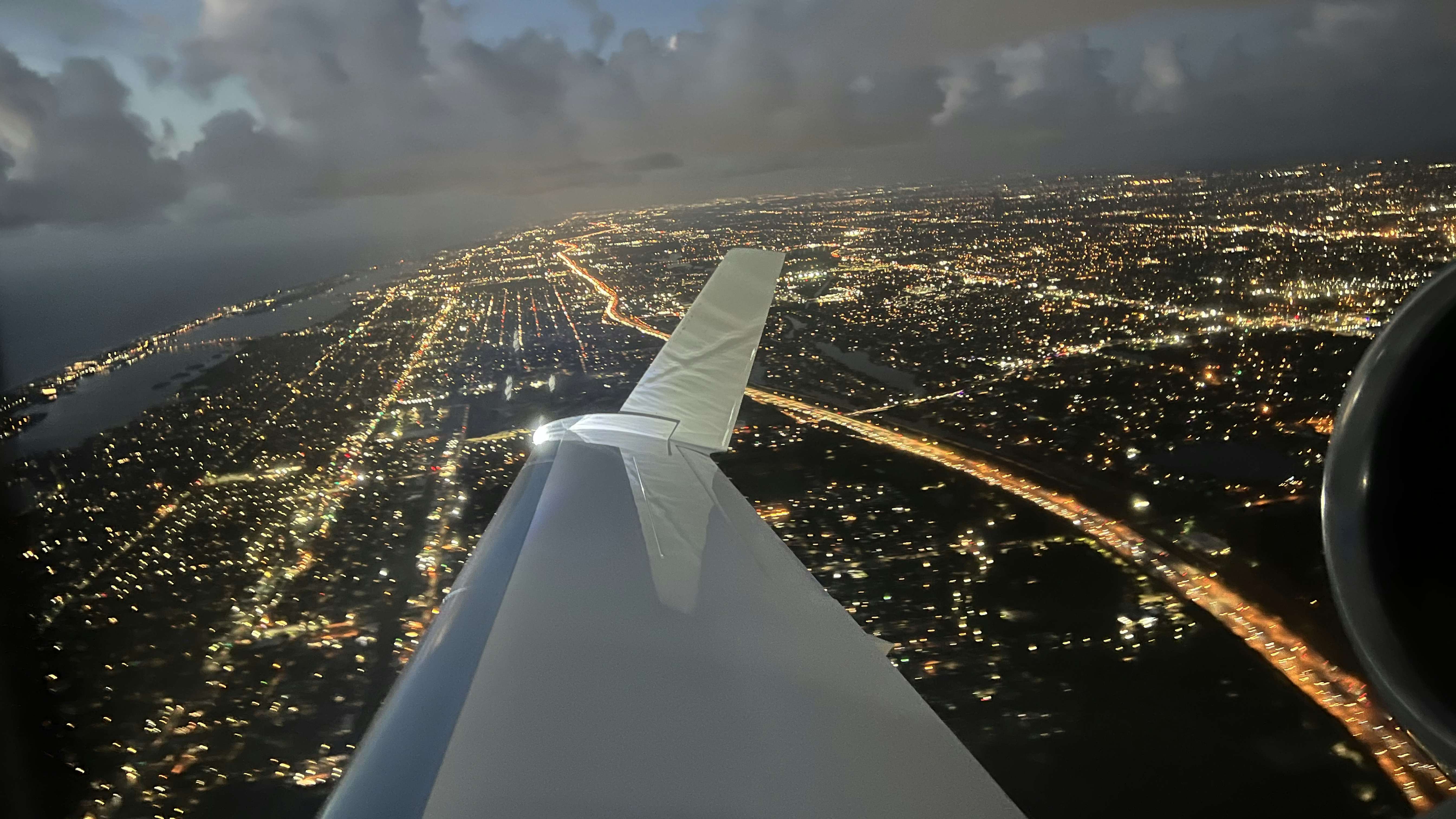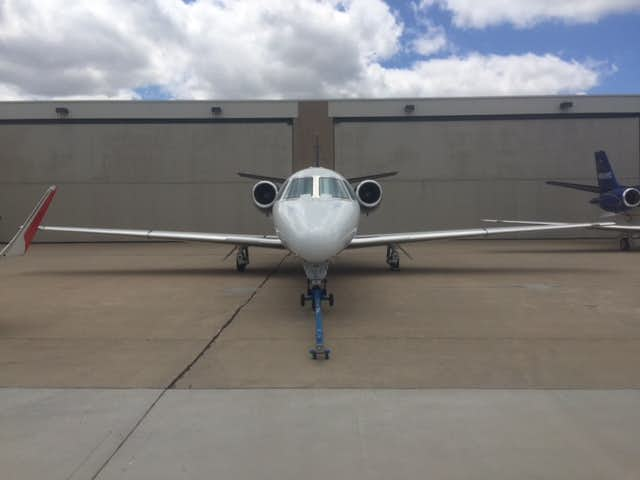
The best and worst toilets on small private jets.

While it’s not always possible to drive directly to your plane when flying privately due to rules at individual airports, at the end of the day, a stop at the FBO is generally recommended, particularly if you are flying smaller planes where toilet facilities vary from being fully enclosed to be nothing more than a curtain and in some cases nada. In fact, some of the separators are so flimsy, Janine K. Iannarelli, President at Par Avion Ltd. joked it would be better to provide other passengers with paper bags they could place over their heads.
James Butler, CEO of Shaircraft Solutions, LLC, provides the following definitions to help you navigate industry lingo:
The standards in the industry for a Fully enclosed lav require a bathroom to be enclosed with either a hardwood swinging door, hardwood bi-fold doors, hardwood sliding pocket doors that meet to create a solid door, or a hard-plastic accordion door.
Within a fully enclosed lav, you can expect the amenities to vary, however, most private planes will have a toilet, possibly a sink or wash basin, and a vanity mirror.
A very interesting factor, many private jets have a Certified Lav Seat. The certified lav seat is a legal way to add an additional passenger to your flight when there are no additional seats available. Although it may not be as comfortable as a regular seat, the certified lav seat should be cushioned with the same materials as all of the other seats within the cabin. In this case, the lav would have a safety belt.
The standards in the industry for a Semi-Enclosed Lav, which may also be referred to as a Partially Enclosed Lav, would not include any amenities. In most cases this would strictly be a seat within the plane that has a liftable seat cushion exposing an emergency chemical toilet.
Typically located between the cockpit and passenger cabin, these chemical toilets allow for emergency use, but offer much less privacy for passengers, and do not allow you to flush. There are no doors surrounding the seat, although it may include a removable privacy curtain.
Kevin O’Leary of Jet Advisors, a former sales executive for Flight Options, warns, “Basically you can’t urinate like a man in any of the light jets. You’ve got to sit like you were back in potty training (because) most cabins are less than five feet high at the apex (and) even shorter towards the side where the potty is.”
Read: Private Jets By Cabin Height.
With the help of Iannerelli, Butler, O’Leary, Adam Twidell, CEO of PrivateFly, Kevin Diemar, CEO of Unity Jets, Ricky Sitomer, CEO of StarJets International, Andrew Collins, CEO of Sentient Jet, and Joshua Hebert, CEO of Magellan Jets, we came up with a list of smaller private jets to avoid if you think you will need to go, as well as those that have relatively better toilet facilities.
The below have either chemical toilets or only partially separated lavatories providing more exposure than you might like, although some vary based on how the owner outfitted the plane:
“The Phenom 100 has a hard-side pocket door, on its lavatory, which gives it the edge over the Mustang for some passengers who are choosing between the two,” says Twidell
The HondaJet has a full lavatory at the rear of the aircraft with toilet, full sink, and closing door.
“On a King Air, there is more privacy as the aft toilet is positioned on the other side of the entry door, further from the other passengers and crew. The 350i offers the most privacy, with a solid door and optional vanity,” says Twidell.
The Pilatus PC-12 has a forward lavatory between the cockpit and the cabin. There are hard doors in two positions, to give privacy from the cockpit and other passengers as required. “There are hard doors in two positions, to give privacy from the cockpit and other passengers as required,” Twidell adds.